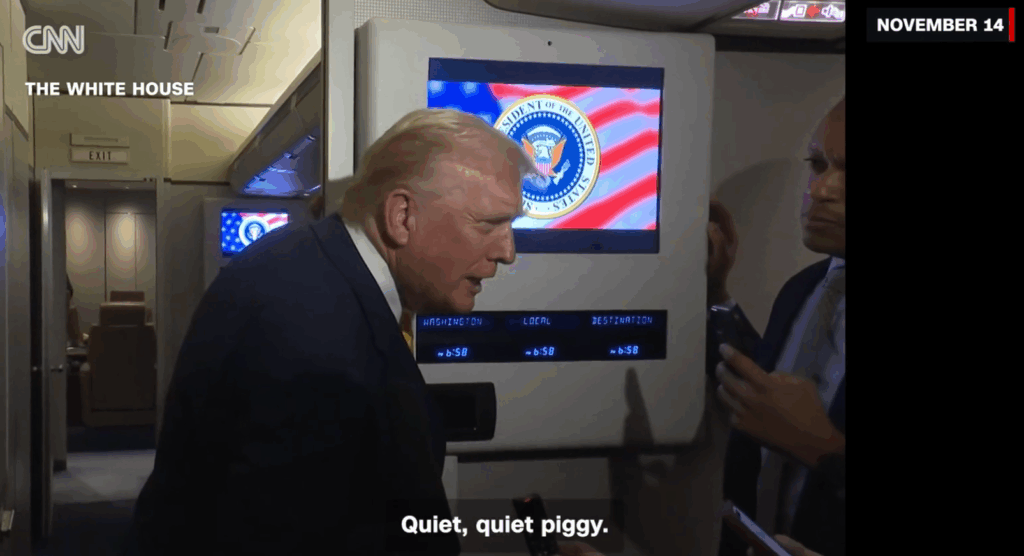We’ve heard from a consumer with strong opinions about online marketing, and a 2004 PRO Award finalist who plans to be back this year.
Finishing Third
My co-workers and I eagerly attended the PRO Awards ceremony at PROMO Expo last fall in hopes of bringing home a first-place trophy for our campaign for Ben & Jerry’s
We came as finalists; we left as finalists. No trip up on the stage for us. But surely our third-place finish was justification enough for one round of drinks on the company credit card?
Our celebration was subdued, but we managed a few laughs, devoured several bowls of cashews, nursed our cocktails and decided to call it a night.
I hailed a taxi. The grandfatherly driver greeted me, “Why, hello there young man.” He asked where I had been. I told him about the awards ceremony; I told him we only took home a third place trophy. A lowly third.
He said, “Young man, ain’t nothing wrong with coming in third place. Hell, it ain’t like you came in eleventh. Why, in a horse race, it’s the top three horses that share the money. Win, place and show. At the Olympics, it’s the top three athletes that get the medals. Gold, silver and bronze. Hell, if you was in a beauty pageant, they’d have said you was the second runner up.” We both laughed for a whole block at that one.
Then he said something that sticks with me still.
“Everybody knows Neil Armstrong was the first man to walk on the moon — even school children know that. Quite a few people could even tell you that Buzz Aldrin was the second man to walk on the moon. But I’m more impressed when someone knows the third man to walk on the moon. Do you know who the third man was?” I had to admit, I did not.
“Pete Conrad,” he said. “Was he any less proud than Neil Armstrong? No way. Ain’t nothin’ wrong with being third. You just ask Pete Conrad that.”
We drove in silence for many blocks. When he pulled up in front of my house, I told him how much I enjoyed our conversation. As I got out, he offered one last observation:
“I do readily admit that beyond third place, nobody really gives a damn!”
I’m now a firm believer: “There ain’t nothin’ wrong with coming in third…just ask Pete Conrad.” I plan to be sitting at the PRO Awards dinner again this fall. While I’ll be hoping for first place, I’ll never again discount coming in third.
Tim Bell
VP-Managing Director, Hawkeye/ffwd
Flash in the Pan
Advertisers should not be using Macromedia Flash for their Web pages. If they do, there should be a link to a “normal” HTML Web page, readable from a “normal” Web browser.
Why? Because of the message you may be sending to many of the visitors to your site. If they don’t have Flash and can’t download it, you’re telling them, “You don’t count if you can’t see our spiffy graphics.” You’ve just made an enemy instead of a friend.
Running a sweepstakes? If your customer can’t enter the sweeps thanks to fancy graphics, then it’s not performing it’s primary function — getting contact information from the customer.
Flash sucks for contests! (“Sucks” is a technical term, meaning stirs customer displeasure.) Recently, I received an SMS text message on my cell phone from a major fast food chain, giving me a URL to enter a contest. My phone has a Web browser, so I tried to “click it up.”
The site was Flash-only. I couldn’t enter at work either, since my system manager doesn’t allow Flash (or Active X) components on our office-based systems.
When was the last time you viewed your site on a Windows 98 machine with an old version of Internet Explorer? When you see what your customer sees, and not just what your Web design staff wants to show off on the latest hardware that the budget will allow, you’ll start to understand your customer better!
Robert Osband
Ozzie@Spaceyideas.com








